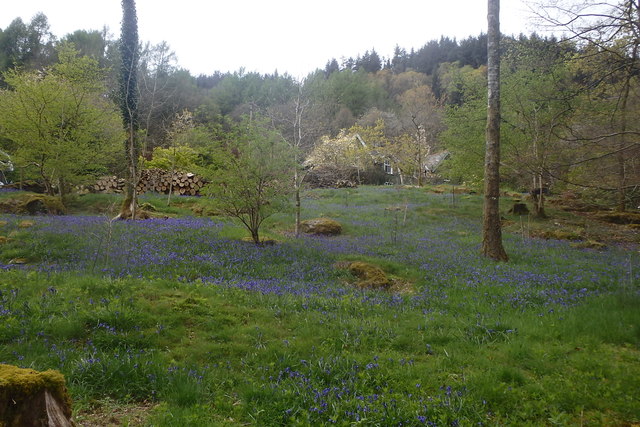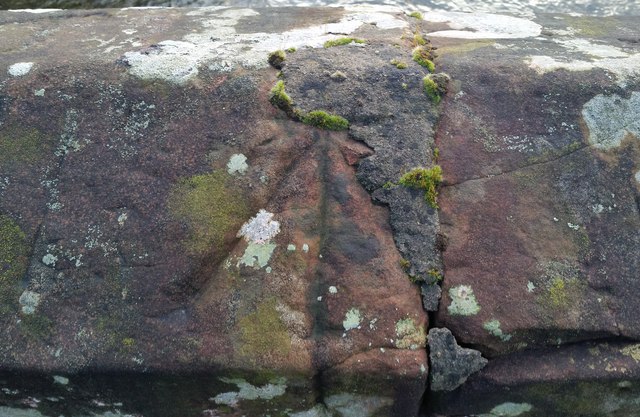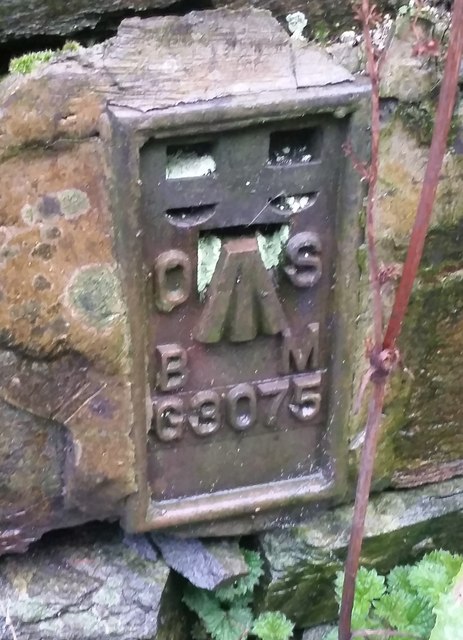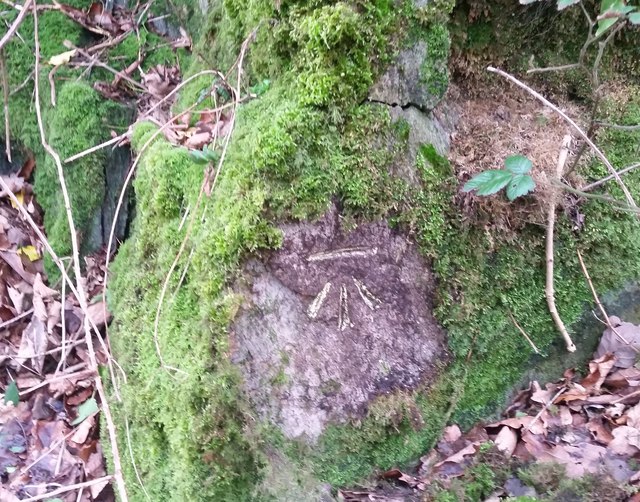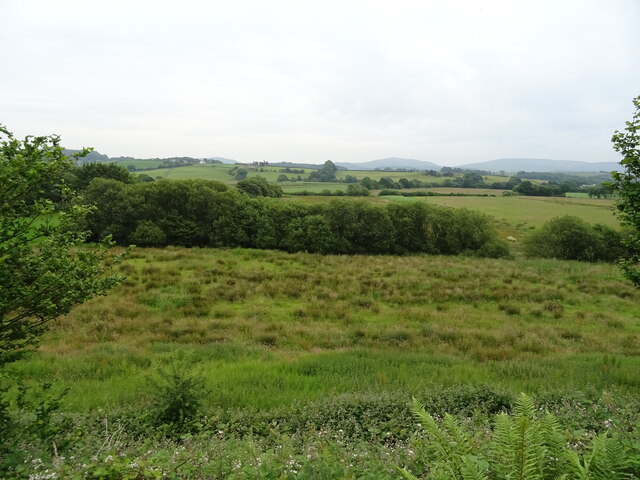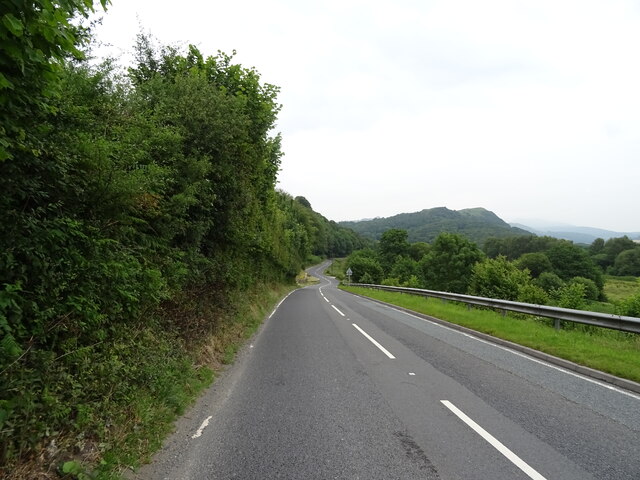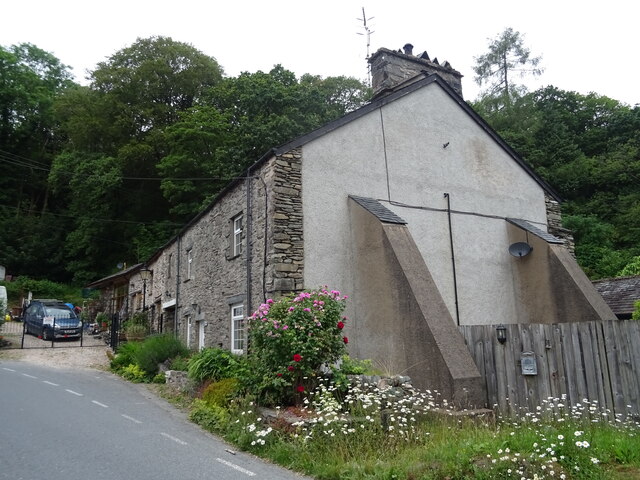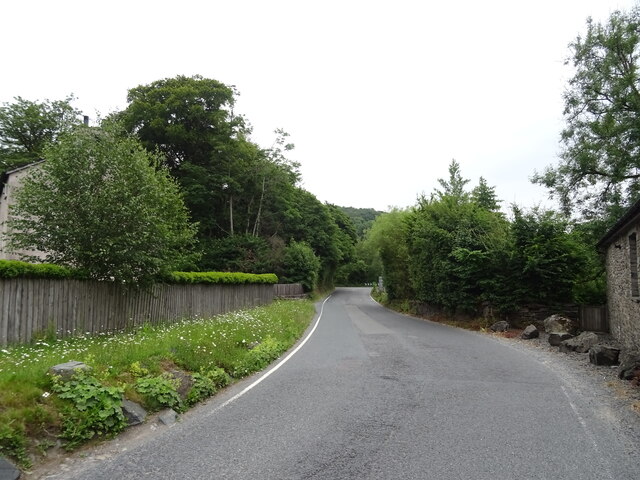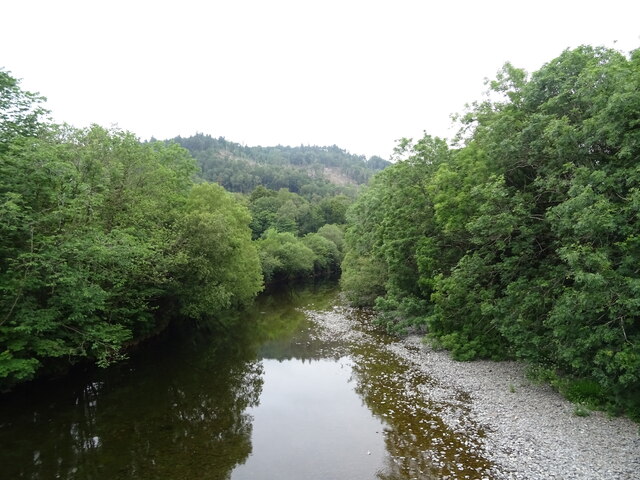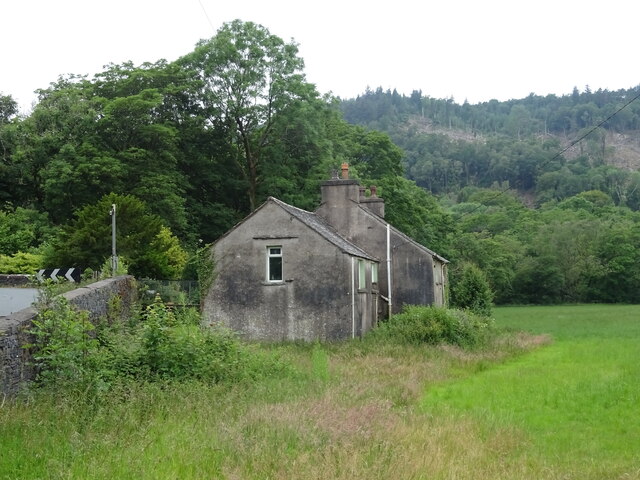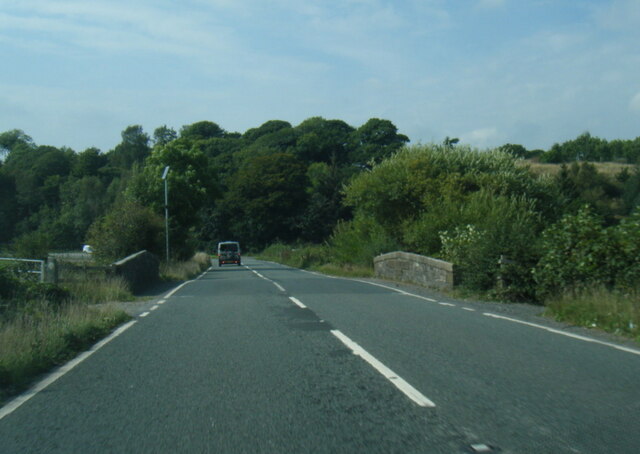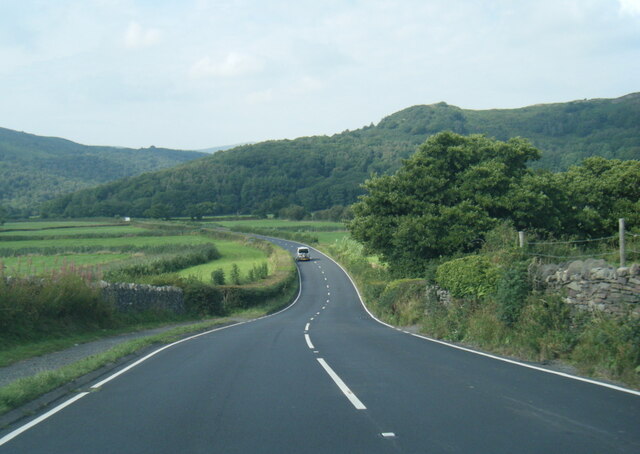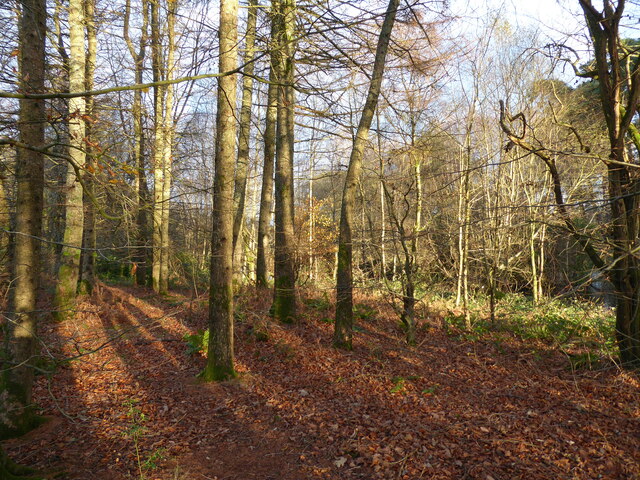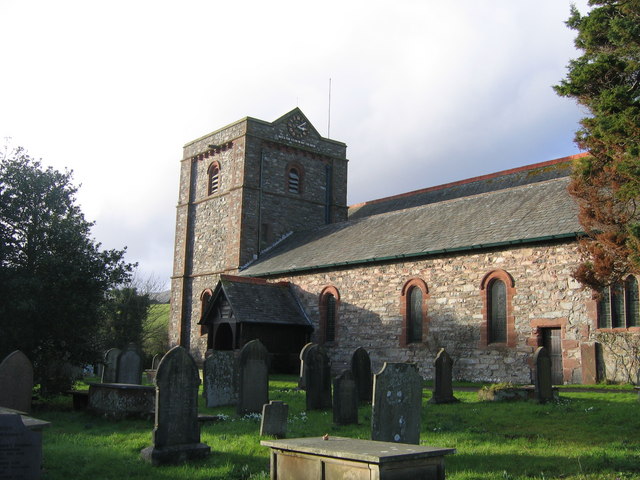Tower Tarn
Lake, Pool, Pond, Freshwater Marsh in Lancashire South Lakeland
England
Tower Tarn
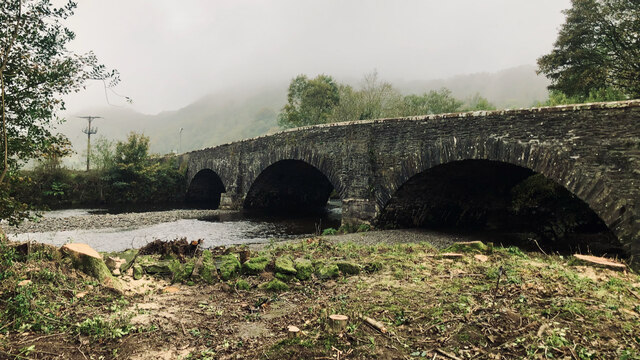
Tower Tarn is a picturesque freshwater marsh located in the county of Lancashire, England. Nestled amidst the rolling hills and verdant landscapes, this natural marvel attracts visitors from far and wide. Tower Tarn is referred to as a tarn due to its small size and tranquil ambiance. It is situated in close proximity to the village of Tower, hence the name.
Covering an area of approximately 1.5 hectares, Tower Tarn is a haven for various plant and animal species. The tarn is characterized by its crystal-clear water, which is sourced from nearby springs and rainwater. The water body is shallow, with an average depth of 3 meters, and is surrounded by lush vegetation, including reeds, rushes, and water lilies. These plants provide a vital habitat and breeding ground for numerous amphibians, birds, and insects.
Tower Tarn is also known for its diverse bird population, making it a popular spot for birdwatching enthusiasts. Visitors can catch glimpses of various species, such as Moorhens, Grebes, and Mallards, as they gracefully glide across the water. The tranquil ambiance of the tarn, coupled with the melodic songs of the birds, creates a serene atmosphere, perfect for relaxation and contemplation.
The tarn is easily accessible to the public, with designated footpaths and viewing areas. The surrounding landscape offers breathtaking views, with the rolling hills providing a stunning backdrop. Tower Tarn is a true gem in the Lancashire countryside, offering a peaceful retreat for both nature lovers and those seeking solace in the beauty of the great outdoors.
If you have any feedback on the listing, please let us know in the comments section below.
Tower Tarn Images
Images are sourced within 2km of 54.282591/-3.2090552 or Grid Reference SD2188. Thanks to Geograph Open Source API. All images are credited.
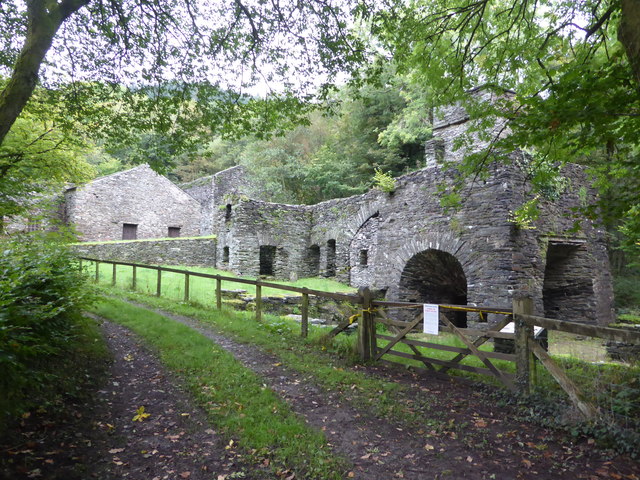
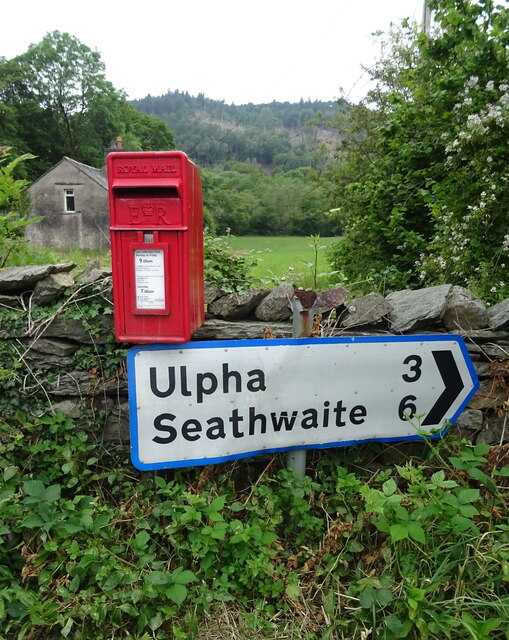
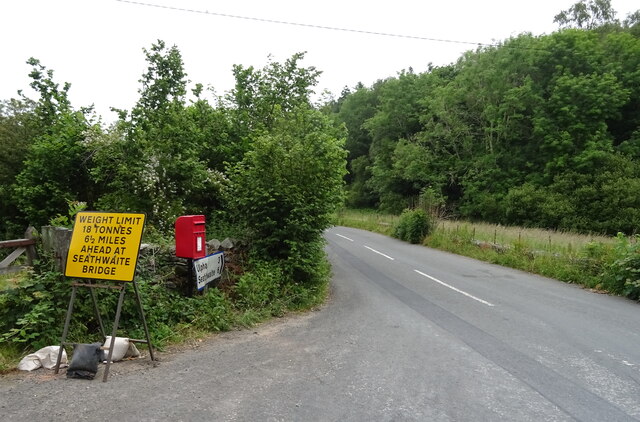
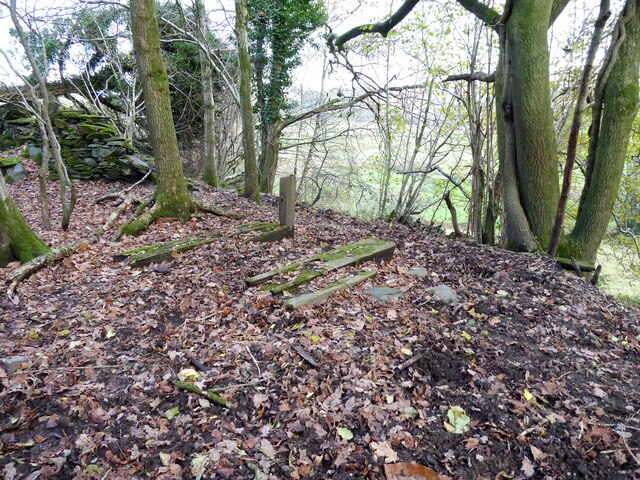
Tower Tarn is located at Grid Ref: SD2188 (Lat: 54.282591, Lng: -3.2090552)
Administrative County: Cumbria
District: South Lakeland
Police Authority: Cumbria
What 3 Words
///cashier.invite.bypasses. Near Millom, Cumbria
Nearby Locations
Related Wikis
Broughton-in-Furness
Broughton in Furness is a market town in the civil parish of Broughton West in the Westmorland and Furness district of Cumbria, England. It had a population...
Broughton-in-Furness railway station
Broughton-in-Furness railway station served the market town of Broughton-in-Furness, in Lancashire, England (now in Cumbria). It was on the branch line...
St Mary Magdalene's Church, Broughton-in-Furness
St Mary Magdalene's Church is in Broughton-in-Furness, Cumbria, England. It is an active Anglican parish church in the deanery of Furness, the archdeaconry...
Eccle Riggs
Eccle Riggs is a country house located on Eccle Riggs, a ridge of land about 0.75 miles (1.2 km) to the south of Broughton-in-Furness, Cumbria, England...
Nearby Amenities
Located within 500m of 54.282591,-3.2090552Have you been to Tower Tarn?
Leave your review of Tower Tarn below (or comments, questions and feedback).
